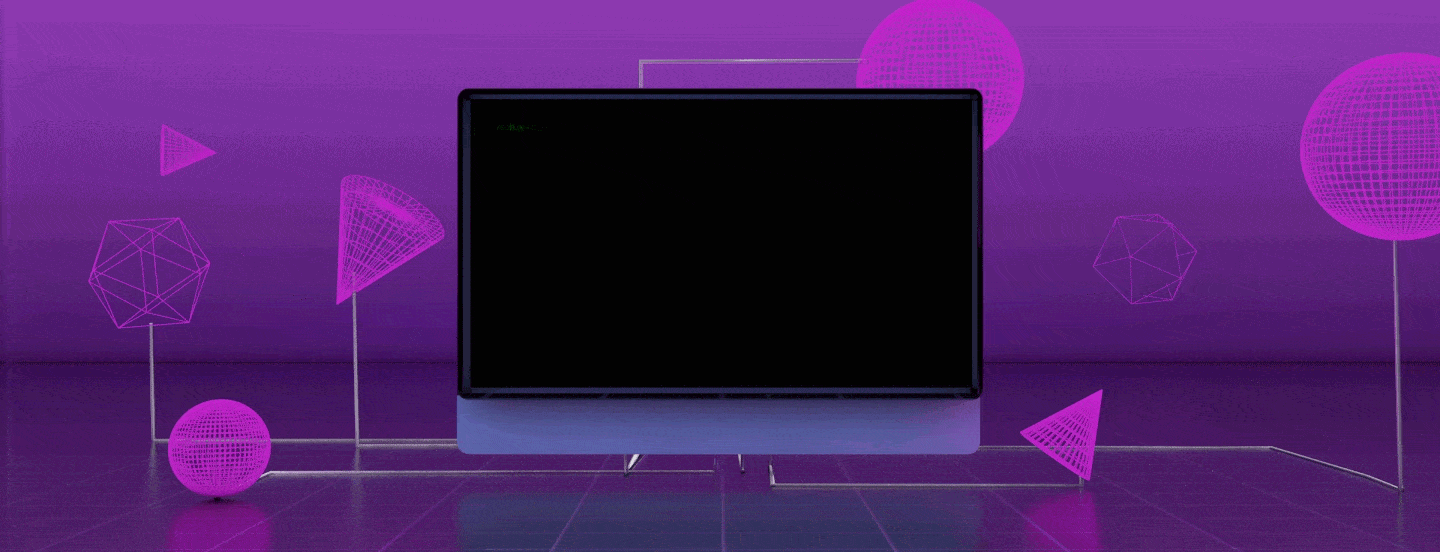
The Internet of Things as Catalyst for Design Research
At frog, we use design research daily as a collaborative process of design inquiry that enables our team to learn about people, gain empathy, generate insights and make new ideas that are tangible and testable. Human-centered design research is an integral part of frog’s DNA, used to inform decisions and inspire innovation.
However, we believe that in its current state, traditional design research also has inherent shortcomings and limitations when it comes to certain testing variables like time, environment and observation. For example, researchers can spend only a limited amount of time with users, so only a limited amount of behavior and interaction data can be collected. Furthermore, in the time that the researcher is present there is increased risk of an observer effect, in which the user knows they are being watched and consequently alters their behavior and reported motives.
The Covid-19 pandemic has created additional challenges for traditional design research. As a result of social distancing measures, we may not be able to observe users directly or rely on the communication cues and clues that accompany physical, in-person conversations. Such developments must push researchers to re-evaluate their tools for understanding the human experience.
At frog, we’re always looking for approaches that can help us overcome obstacles and assist us in design research, and we believe one of the most promising new avenues in the field lies in the growth of the Internet of Things (IoT). Consumer technology has become smaller, cheaper, more connected, more ubiquitous and more directly integrated into our lives and environments. These changes will undoubtedly shape the future of consumer products and services, and must therefore shape the way we approach design research and design itself. The question is: how can the omnipresent nature of IoT-enabled technologies enrich our design toolkit?
Exposing Patterns
Imagine a research situation in which you want to know more about the ways people use a particular product or service, including how and how much they use similar products and services. How reliable are human responses in this situation? Could you say how often you open your fridge each day, and at what times? How often you watch TV, at what times, and with how many people?
IoT-enabled research could provide detailed, unambiguous responses to such questions. With the possibility of embedding ambient technologies in users’ environments, we are able to extend the reach of design research through continuous quantitative measuring. This will enable design research to take place over extended periods of time in an undisturbed and unscripted environment, capturing insights that might be otherwise unidentifiable.
Furthermore, individual interactions and events are part of larger behavioral patterns. If we can track multiple real-world statistics over time, we may detect patterns that otherwise stay unidentified by the users—and therefore the design researcher—in traditional observations. Feeding data-driven insights back into the traditional design research process could also be a powerful explorative tool to obtain a deeper level of qualitative insights from users.
Since we aim to collect these kinds of data in a real usage scenario, it is essential that they are collected discreetly. Sensors must have a clear purpose, measuring only specific dimensions that are easily understood by the test subject. Such constraints help address the obvious privacy concerns that advanced sensors like cameras introduce, but also foster authentic user behaviors by interfering as little as possible with the real-world scenario.
First Exploration in using IoT in Design Research
To test how IoT technology can serve as a design research tool, our Shanghai studio frogs decided to become our first IoT research subjects. We focused on the studio’s kitchen, a public space actively used throughout the day, but purposely started the experiment without a clearly defined goal. We were mainly curious about what types of data we could collect and what patterns we could uncover with only some simple sensors and hardware.
Framework
- Question & Situation: What direction do we want to explore? Is there a prior insight or early hunch we can test?
- Intervention & Collection: How can we sense or nudge the current situation? How do we collect data?
- Observation & Follow-up: What can the gathered data tell us? Can it help us to further understand the situation? What interesting follow-up questions can be asked?
frog Shanghai Kitchen Experiment
Day 1: Occupation
- Question & Situation: When are people present in the kitchen?
- Intervention & Collection: Add a presence sensor to the space and log the data to an external database.
- Observation & Follow-up: The data clearly illustrates the start and end of the workday, but we were surprised to see that someone had already entered the office around 05:00. After asking around, we learned that this was the cleaner, who starts their shift early each day.

Day 2: State Tracking of the AC Unit
For this step, we monitored a second variable related to how people use the kitchen: the kitchen’s ceiling AC unit, which can be controlled by anyone in the space using the remote control on the kitchen table.
- Question & Situation: How does usage of the AC unit relate to the occupation rate of the kitchen?
- Intervention & Collection: Add a remote control receiver to the test setup, which tracks when the AC unit is turned on or off.
- Observations & Follow-up: We see that the cleaner doesn’t turn on the AC in the morning. Do they have a particular reason to (not) do so? We also see that the AC keeps running at the end of the day, even when the room is not in use anymore. Thankfully it did not run all night, but was turned off around 22:00, apparently by the last person who left the office. Does this happen often? Is there a daily office-shutdown process that needs to be optimized?

Day 3: Automatic Control of the AC
This time we wanted to see what happened if we not only sensed but also acted on the situation. Using previously gained knowledge, we established autonomous control parameters for the AC unit.
- Question & Situation: What happens if we control the AC based on the presence of people in the kitchen?
- Intervention & Collection: Add remote control functionality to the AC and test the setup. Program the controller to switch on the AC when people are present, and off when they leave.
- Observation & Follow-up: We see the system behaved as expected during the cleaner’s visit in the morning. Both the kitchen and AC remained in continuous use throughout the day, except around 17:00, when the AC switched off after a brief moment of inactivity. We see a rapid decline in kitchen use after dinner time, and the AC turned off for the rest of the evening. Would people have noticed the change in AC control and can we further build on automatic climate control?

This experiment illustrates that relatively simple pieces of technology, monitored over long periods, can provide valuable data and insights that otherwise might have gone unnoticed. Even though it started with no specific design challenge in mind, it revealed patterns in our daily office use that formed the foundations for design insights and opportunities.
An Accessible IoT Design Research Toolkit
As design technologists, we are continuously looking at how the design process can be improved by technology. We keep an eye on new technological developments and tinker with them to develop the best understanding of their possibilities and limitations.
With the combined developments of the maker movement and the IoT, cheap and connected hardware is no longer confined to a technological niche, but available for anyone to experiment with. We aim to further bridge this gap for design researchers by developing a toolkit for gathering ambient data early in the design process. The toolkit will help designers passively collect usage data in parallel to the traditional design research process, speeding the discovery of useful insights and creating a deeper understanding of the human experience.
Further Reading & Related Projects
- Home Assistant – This open source project ties together many smart home sensors and appliances, including state tracking and control, with high regard for privacy. This software has the potential to be the centerpiece of a future IoT Design Research toolkit.
- Zigbee and Bluetooth Low Energy (BLE) – Zigbee and BLE provide cheap, easily deployable and non-intrusive sensor networks. Their power efficiency enables them to run on a single battery for months while tracking temperature, motion, location or other space-related dimensions.
- Fieldkit – Fieldkit is dedicated to making sensor technology more accessible to field scientists by providing small, modular, open-source research toolkits.

As design technologist at frog Shanghai, Tim explores the possibilities that new technologies provide in both the design process as well as the products and services we develop. With an avid interest in the overlap between physical and digital products, his expertise features IoT development and rapid prototyping, so as to bring the digital and physical worlds together in meaningful ways.
We respect your privacy
We use Cookies to improve your experience on our website. They help us to improve site performance, present you relevant advertising and enable you to share content in social media. You may accept all Cookies, or choose to manage them individually. You can change your settings at any time by clicking Cookie Settings available in the footer of every page. For more information related to the Cookies, please visit our Cookie Policy.


